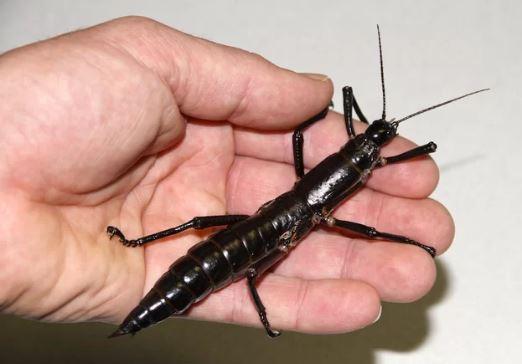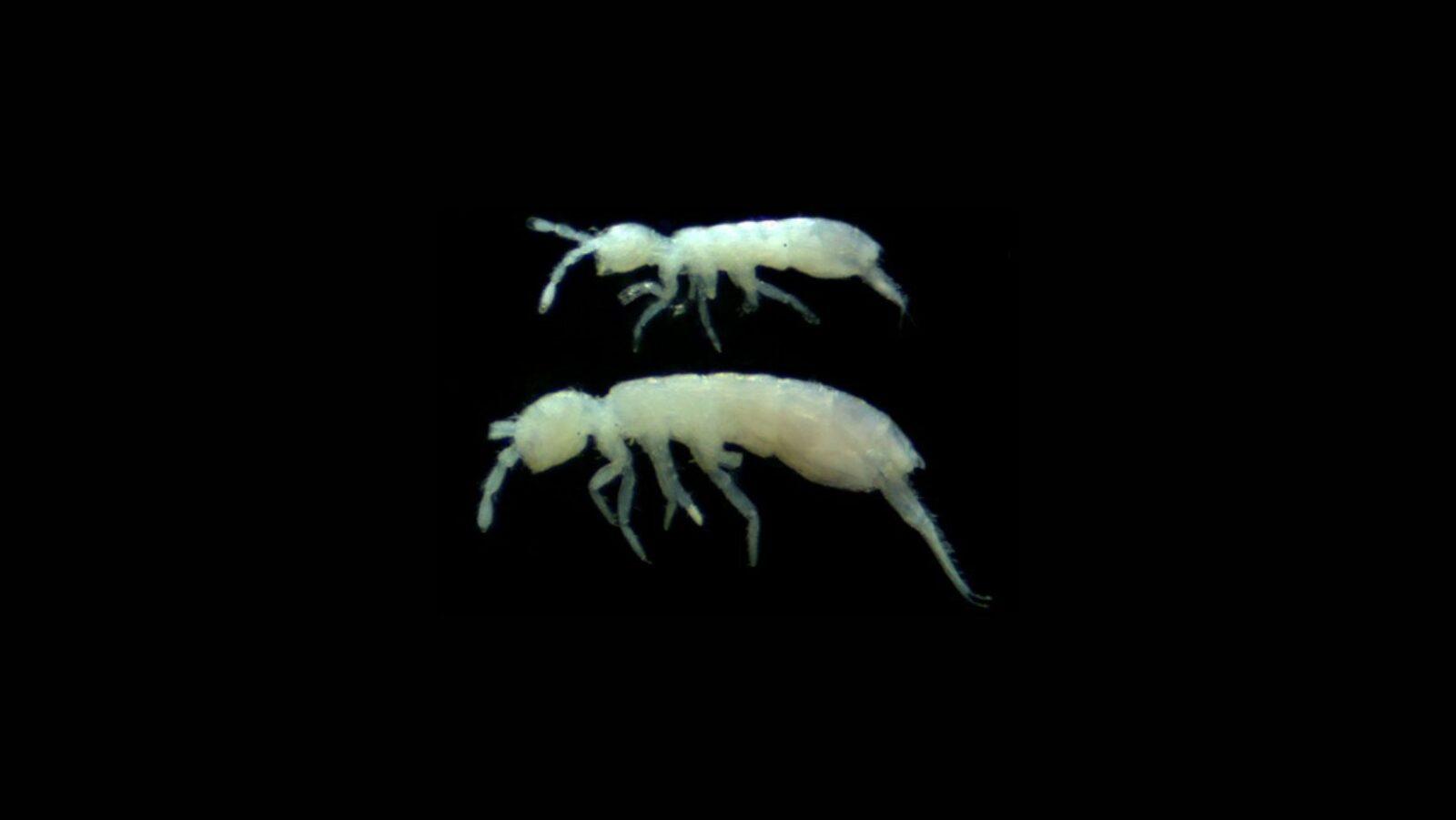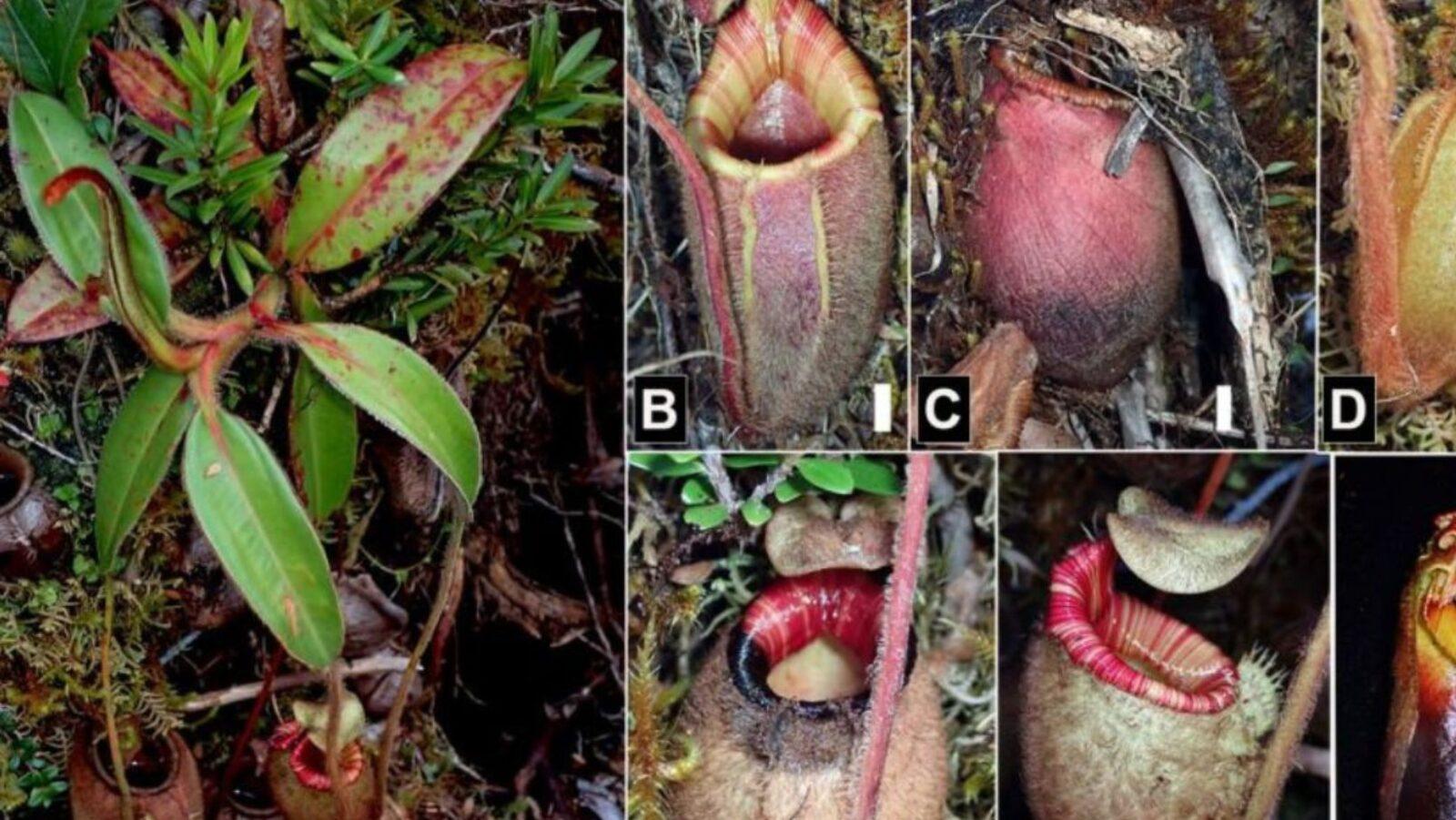•A species goes extinct when all its living members perish, and becomes functionally extinct when its members can no longer reproduce.
•A number of “extinct” species recently reappeared, such as the Fernandina giant tortoise, Lord Howe tree lobsters, crest-tailed mulgara, and Wallace’s giant bee.
•This emphasizes the need for stronger conservation initiatives to protect species on the brink of extinction.
Fans of superheroes and comic book fiction often joke about how characters in those stories “die, then get better.” Death in the comic book medium has always been cyclical in nature. Thus, it’s common to see a hero, a villain, or even a powerless supporting character return from even the most seemingly definitive of deaths.
In real life, though, death is certainly no laughing matter — and it’s especially grave when we’re talking about the death of an entire species.
Just last year, a number of bird species officially went the way of the dinosaurs. Meanwhile, to this day, many species remain on the brink of total annihilation.
When is a species declared extinct?
Simply put, a species becomes extinct when its last existing member dies. If the surviving population no longer plays a significant role in its ecosystem, it becomes functionally extinct. A species may also become functionally extinct when its remaining members are no longer capable of reproduction. (An example would be if all males or all females of the species had already died out.)
The reasons behind a species going extinct may vary. Unfortunately, humans have had a hand in the extinction of quite a few species over the centuries. Pollution, excessive hunting, environmental destruction, and the introduction of invasive predators or parasites are a few of the ways humans can cause species to go extinct.
Every once in a while, though, a ray of light shines through. Occasionally, a stray member of a species previously thought extinct turns up alive, well, and hopefully ready to repopulate.
Fernandina giant tortoise
Last confirmed alive over 100 years ago, the Fernandina giant tortoise (Chelonoidis phantasticus) recently left the “extinct” list. A statement in February 2019 by Ecuador’s Ministry for the Environment revealed that the Giant Tortoise Restoration Initiative (GTRI) had discovered an elderly female. The tortoise now resides in a breeding center in Santa Cruz. There, researchers are hoping it could reproduce and boost its species’ population once again.
Lord Howe tree lobsters
This particular species’ comeback is both unique and fascinating. Thriving on the Lord Howe Island Group near the Eastern coast of Australia, Dryococelus australis‘s downward spiral to extinction began when humans landed on their habitat and brought invasive predators–specifically, black rats–with them. Interestingly, explorers on a nearby island noted seeing fresh corpses of the insects in the 1960s. Eventually, they found living specimens in 2001; despite having changed quite a bit in appearance, DNA tests revealed that the rare species of stick bugs really did manage to survive their rodent ravagers.
Crest-tailed mulgara
Thought to have gone extinct in New South Wales for nearly a hundred years, the cute but carnivorous Dryococelus australis re-emerged in 2017. A team of scientists from the University of New South Wales (UNSW) unexpectedly found the miniscule marsupial during a routine sweep of Sturt National Park. They are now working on initiatives to help the species recover.
Wallace’s giant bee
Thought extinct for nearly four decades, Wallace’s giant bee (Megachile pluto) recently popped up in the islands of the North Moluccas in Indonesia. Though researchers found several specimens back in 1981, it was only in 2019 when a live female was discovered and filmed.
Special mention: Formosan clouded leopard
Extensive logging forced the Formosan clouded leopard to move to nearby mountains. After 13 years of unsuccessfully trying to find the animal, it was declared extinct in 2013.
Posted by FlipScience on Wednesday, January 16, 2019
Declared extinct in 2013 after having gone missing in the wild for three decades, the Formosan clouded leopard (Neofelis nebulosa brachyura) seemingly reemerged in 2018. A group of Taiwanese scholars reportedly spotted it in its natural habitat on at least two separate instances. For now, though, it’s too early to tell whether this remarkable creature truly has returned after its extended absence.
References
- https://www.theguardian.com/environment/2019/feb/21/worlds-largest-bee-missing-for-38-years-found-in-indonesia
- https://www.nationalgeographic.com/animals/2019/02/extinct-fernandina-giant-tortoise-found/
- https://gizmodo.com/this-horrible-stick-bug-is-no-longer-extinct-sorry-1819280426
- https://www.sciencealert.com/crest-tailed-mulgara-carnivorous-marsupial-no-longer-extinct-nsw
- https://www.iflscience.com/plants-and-animals/extinct-leopard-spotted-in-taiwan-for-the-first-time-since-disappearing-30-years-ago/
Author: Mikael Angelo Francisco
Bitten by the science writing bug, Mikael has years of writing and editorial experience under his belt. As the editor-in-chief of FlipScience, Mikael has sworn to help make science more fun and interesting for geeky readers and casual audiences alike.











